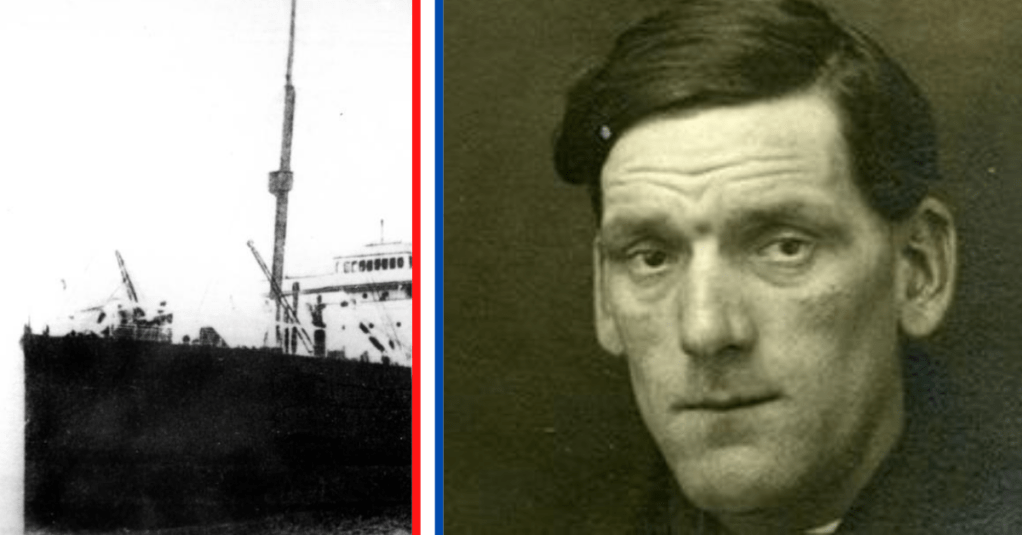For most “stokers” aboard steam-powered ships, no news is good news. The only time anyone would notice the hard work being done shoveling and stoking the coal in the bowels of a ship would be when they stop – or something else goes wrong. As long as the ship was still moving under full power, there’s no reason to interrupt their important work.
What might disturb the men of the “black gang,” the dozens of people who work to start, protect, and control the fires that keep the ship moving, is something from outside the ship, like a battle, running out of coal, or running into another ship. Any of these would have disastrous consequences, some of which the stokers might not survive.
Stoker Arthur John Priest earned the nickname “The Unsinkable Stoker” because he survived six of these catastrophic events, both in and outside of wartime. He was aboard six vessels that were heavily damaged or sent to the bottom of the sea due to an attack or collision. He would only succumb to pneumonia after (wisely) retiring from sea service.
Priest, an Englishman, somehow missed his namesake calling and became a fireman and laborer in the late 1800s. He had to do some kind of work because he would end up having 12 children with his wife, Elizabeth. His life at sea was in danger almost from the moment he stepped aboard HMHS Asturias, a royal steam packet built in Ireland. He worked as a stoker on its maiden voyage, when it collided with another ship in 1908.
The near-death experience didn’t stop the Asturias, which was repaired and would serve as a hospital ship during WWI. He got a job aboard the RMS Olympic, then the largest ocean liner in the world. On its fifth voyage in 1911, Olympic too collided with another ship, the cruiser HMS Hawke. Hawke’s bow was designed for ramming and created a massive hole in Olympic’s hull. Luckily, the liner was able to make it to drydock for repairs.
Priest’s next stoking job was aboard the Olympic’s sister ship, then the largest in the world, the RMS Titanic in 1912. The Titanic sinking is what brought Priest to any kind of prominence when he escaped aboard lifeboat 15, a boat on which most of the surviving crew members managed to board.
By the time Priest got another job aboard a ship, World War I had broken out in Europe, and there was no shortage of jobs for men to work the boilers. This next billet was on the RMS Alcantara, which had been converted to an armed merchant cruiser with the outbreak of the war. In February 1916, the ship ran into a German-armed merchant cruiser, the SS Greif.
In less than an hour, the Greif left Alcantara’s engines flooded and the ship adrift. A half-hour later, she was at the bottom of the Atlantic. British ships arrived on-scene and began taking in survivors while firing on the Greif, sinking it and rescuing Priest, among other sailors.

His next sea posting was on the final sister ship to Olympic and Titanic, the Britannic. Britannic was working the sea lanes as a hospital ship in the Dardanelles. She made three voyages before being drummed out of service, but the government called her back for one more trip. On this fourth voyage, with Priest aboard, the ship hit a German naval mine and sank in less than an hour.
Finally, in 1917, Priest was stationed aboard the SS Donegal, an ambulance ship ferrying wounded troops back to England from France. Despite its status as a noncombatant hospital ship, Donegal was torpedoed by a German U-boat while making a run with wounded and sank into the English Channel.
After nearly 20 years of maritime service, Arthur John Priest had had enough of abandoning ship and retired from the sea. He was awarded the Mercantile Marine Ribbon for his war efforts. No one would sail with him anyway. He lived for another 20 years before succumbing to pneumonia.

